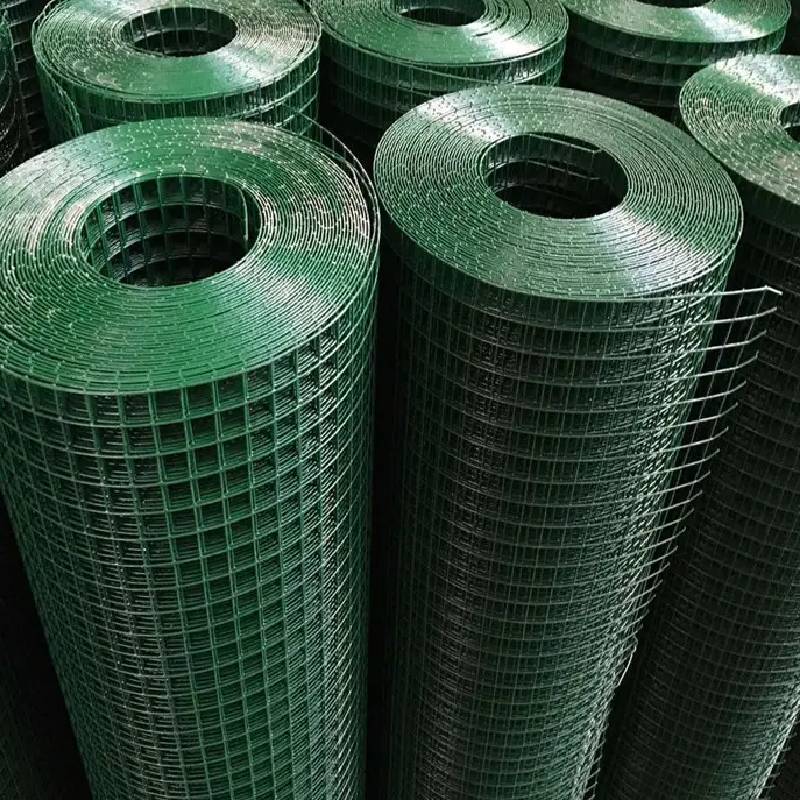
- Mobile Phone
- +8613931874955
- sales@cntcmetal.com
Trends and Factors Influencing Helical Spring Prices in the Current Market
An In-Depth Look at Helical Spring Prices Factors, Trends, and Market Insights
Helical springs, a fundamental component in various mechanical systems, have become increasingly important in numerous industries, including automotive, aerospace, and manufacturing. As demand for engineered solutions continues to rise, the price of helical springs has become a focal point for manufacturers and consumers alike. Understanding the factors that influence these prices can provide valuable insights for businesses and engineers involved in design and procurement.
Key Factors Influencing Helical Spring Prices
1. Material Costs The raw materials used to manufacture helical springs significantly impact their price. Common materials include high carbon steel, stainless steel, and alloys, each with varying costs. Fluctuations in the prices of these raw materials—often influenced by global supply chain issues, tariffs, or market demand—directly affect the overall price of springs. For example, recent increases in the price of steel due to supply chain disruptions have had cascading effects on the cost of helical springs.
2. Manufacturing Processes The complexity of the manufacturing process is another critical factor. Helical springs can be produced through various methods such as cold coiling, hot coiling, and grinding, with each technique affecting the price differently. Cold coiling generally offers precision and good surface finish, while hot coiling can be more cost-effective for larger sizes but may result in diminished tolerances. The choice of manufacturing process will depend on the required specifications, leading to variations in price.
3. Customization and Design Customized helical springs designed for specific applications can significantly increase costs. Engineers often need to tailor springs to meet precise load specifications, dimensions, and environmental resistances, such as corrosion or extreme temperatures. The more specialized the design, the higher the price, as this may involve additional tooling, testing, and quality assurance to meet industry standards.
4. Volume and Economy of Scale Businesses that order helical springs in bulk typically benefit from economies of scale, resulting in lower unit prices. Larger orders may also justify specialized production runs, which can further reduce costs. Conversely, small or one-off orders often incur higher costs due to setup times and lower overall production efficiency.
helical spring price

5. Market Demand and Competition Pricing dynamics can also be influenced by overall market demand. In sectors experiencing rapid growth—infrastructure development, for instance—demand for components like helical springs often rises, leading to higher prices. Conversely, in a saturated market with numerous suppliers, competition can drive prices down. Tracking industry trends and competitor pricing strategies can thus offer important insights for both buyers and producers.
Current Trends in the Helical Spring Market
As of 2023, the helical spring market is witnessing several key trends affecting pricing. The ongoing transition to electric vehicles (EVs) has increased demand for lightweight and durable components, including specialized helical springs designed for EV applications. This shift not only stimulates demand but also encourages innovation, as manufacturers strive to create more efficient and cost-effective solutions.
Moreover, the focus on sustainability is leading to an uptick in the use of recyclable materials and eco-friendly production methods. While this shift could raise prices short-term as companies retool and adapt, it is anticipated to stabilize in the long run as sustainable practices become more mainstream.
Furthermore, the impact of globalization cannot be underestimated. As manufacturers attempt to source materials and production capabilities from various regions, geographical price discrepancies may emerge, influenced by local economic conditions and trade agreements.
Conclusion
In conclusion, the prices of helical springs are influenced by a myriad of factors ranging from raw material costs and manufacturing processes to market demand and competition. As industries evolve and adapt to new challenges and opportunities, staying informed about these dynamics is crucial for businesses engaged in the design and procurement of helical springs. By understanding the key components that affect pricing, stakeholders can navigate the complexities of the market more efficiently, ensuring they can make informed decisions that align with their operational and financial objectives.
share:
-
Wire Tension Springs for Diverse ApplicationsNewsMay.27,2025
-
Snake SpacersNewsMay.27,2025
-
Sacrificial Formwork Solutions for ConstructionNewsMay.27,2025
-
Iron Binding Wire for Your Construction NeedsNewsMay.27,2025
-
Enhance Your Construction Projects with Wire SpacerNewsMay.27,2025
-
Black Annealed Wires for Diverse ApplicationsNewsMay.27,2025
-
Strong Wall Support ChoicesNewsMay.23,2025



















